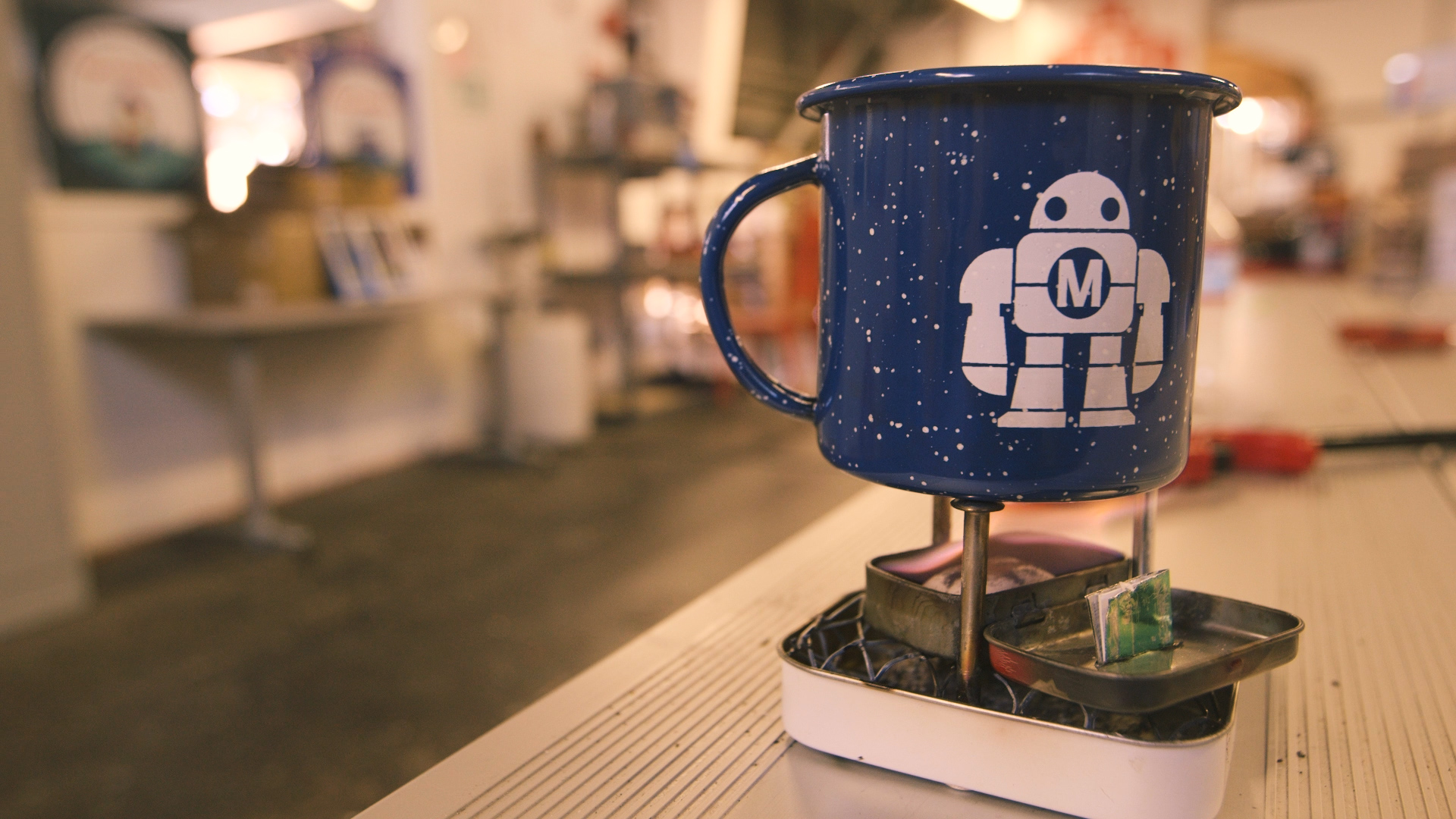
This mint tin backpacking stove can use a variety of fuels, from denatured alcohol and commercial solid fuel tabs to gathered sticks and wood. It provides lots of flexibility for less than 100 grams (3 1/4 oz). This type of stove is intended primarily for boiling 1-2 cups of water.
Editor’s Note: Please use proper care and take appropriate precautions when working with flammable fuel and and open flame. It is critical to follow the directions closely throughout the project, and pay special attention to the sealing process in Step #3.



